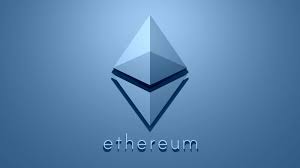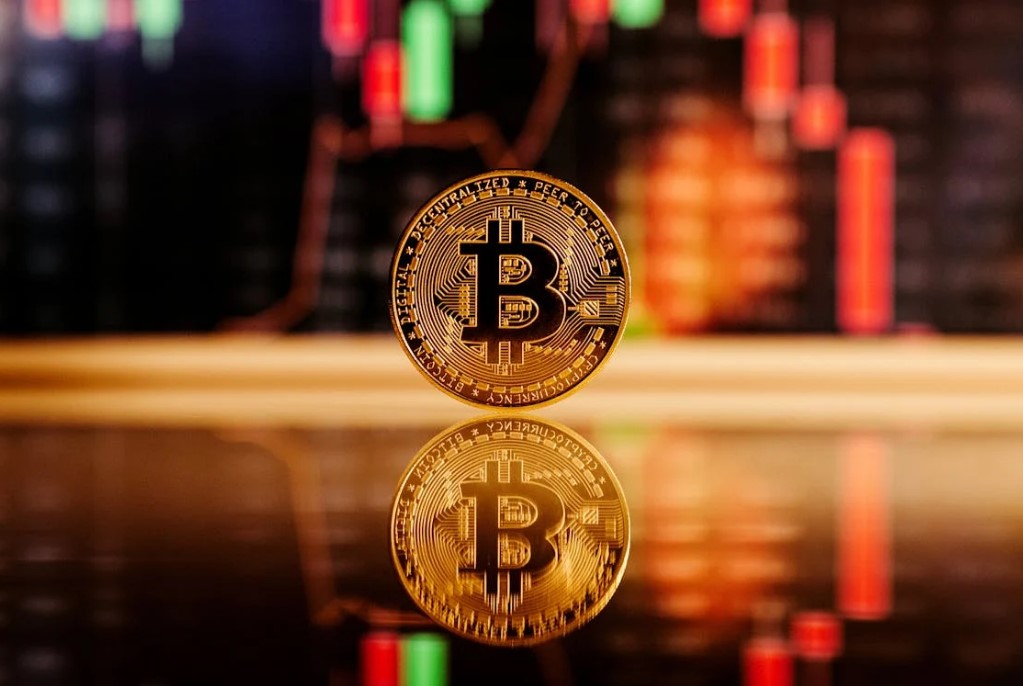
Late 2022 saw Ethereum go through a transformative event referred to as ‘The Merge’ that was a turning point for cryptos. Since then, its supply has been consistently deflationary signifying a change in its ecosystem dynamics. However, despite these changes, there is still room for growth and development of the network along with achieving its full maturity.
The Merge in late 2022 represented a clear inflection point for Ethereum. Ever since then, the $ETH supply has been net deflationary.
Despite this, the ecosystem still has a ways to go before reaching full maturity. Read more: https://t.co/1qouXdaAzH pic.twitter.com/qHsl1oHjHb— Grayscale (@Grayscale) March 4, 2024
Grayscale Unveiling Ethereum’s Evolution and Future
As per the latest Grayscale report entitled “Ethereum’s Coming of Age: ‘Denunc’ and ETH 2.0”, back in 2015, Ethereum brought revolutionary smart contracts into existence which eventually formed another category within the crypto-asset class. Many compare it to a decentralized Apple App Store where various decentralized applications (dApps) are available on gaming sites up to financial assets tokenization ones.
By maintaining its leading smart contract platform position, Ethereum confronts increased rivalry. In 2023, some competitors surpassed it in performance like Solana and AVAX. Nevertheless, with the Dencun upgrade coming in March, the network will be able to fix its scalability issues thereby making market expectations rise and reflecting on its price performance.

The key advantage of the network lies in it being the first mover and having significant network effects. Having more than 306 weekly developers and 4.4k total dApps, the network is a hub for creativity as well as interoperability. Moreover, through high fees that lead to supply burn through its network revenue mechanism, it has become arguably the most secure and trusted smart contract platform.
Ethereum, despite its strengths, is not yet a mature platform and this has been caused mainly by low transaction speed, low throughput as well as high costs of users. But with its roadmap that includes ETH 2.0 vision, these challenges can be solved through modular upgrades and Layer 2 solutions.
The introduction of Layer 2 solutions was however seen to signify a big step in the journey of scaling Ethereum since it attracted similar liquidity to those present in other layer one peer companies. These solutions have the ability to provide for more throughput while at the same time having reduced cost by leveraging on network security provided by Ethereum.

Consequently, the Dencun upgrade which is underway aims at further improving Ethereum’s scalability by reducing data costs for Layer 2 solutions thereby possibly bringing its costs closer to its competitors hence cementing Ethereum’s position in the market.
Nevertheless, the increasing competition that the network faces plus its focus on security and scalability, as well as the resilience of its ecosystem, positions it favorably for the future. With Ethereum moving into a new era characterized by collaboration, competition, and innovation, the cryptocurrency is still set to remain the top Smart Contract Platform.








